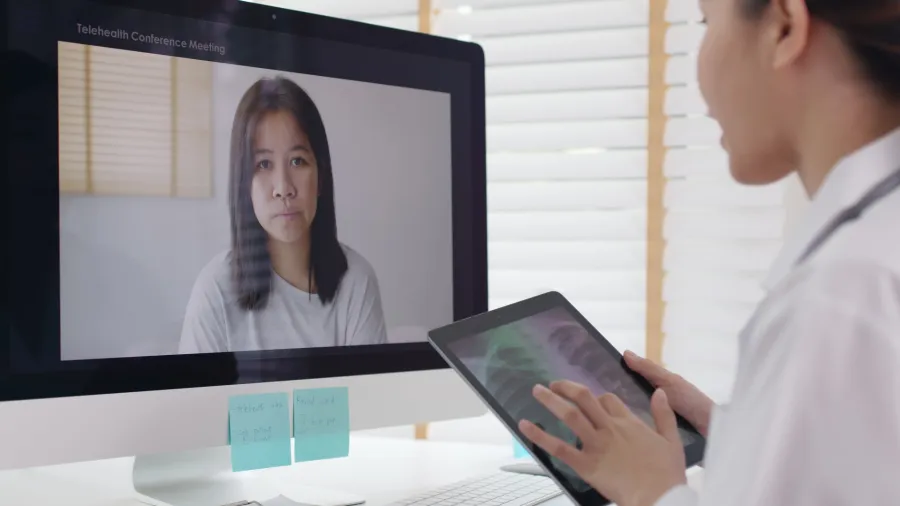
Global medical device connectivity market to hit $16.21b by 2032
Thanks to the increasing adoption of telehealth solutions and remote monitoring.
The global medical device connectivity market is projected to reach $16.21b by 2032 at a compound annual growth rate of 22.7%, according to SNS Insider.
The sector’s expansion is attributed to the increasing adoption of telehealth solutions, remote patient monitoring, and the demand for seamless data exchange across healthcare systems.
By technology, hybrid solutions are the fastest-growing market segment during the forecast period.
“These technologies balance the reliability of wired connections with the flexibility of wireless ones,” the report said.
Furthermore, the market is driven by the increasing prevalence of chronic diseases and a growing emphasis on data-driven healthcare strategies.

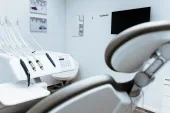

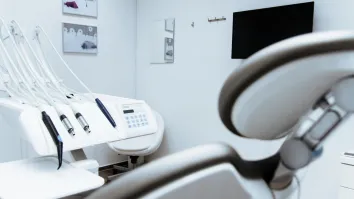
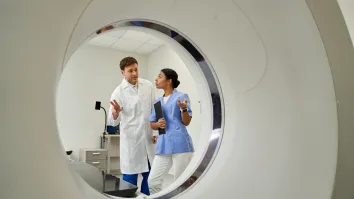




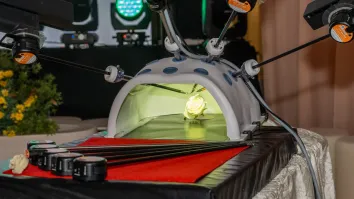
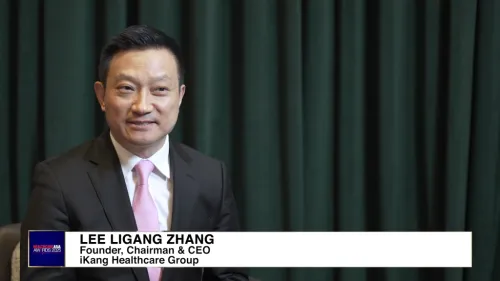

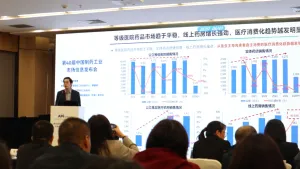
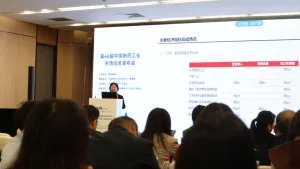


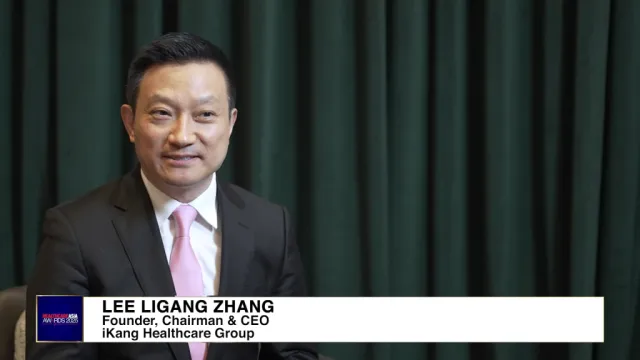


 Advertise
Advertise





